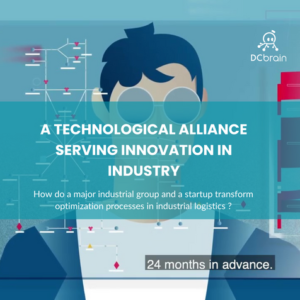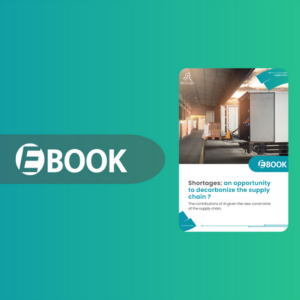
Transport tenders: building a winning response
Answer a call for tenders for a transport contract, be a force of proposal to win the contract

As a transportation company, your task is to evaluate various options in response to a call for tenders, considering the needs of your prospective customers and potential constraints, whether known or unknown. This can be a challenging endeavor in a competitive market. Your role is to create the most appealing offer, balancing both financial and ecological aspects, all while ensuring feasibility and the profitability of your organization.
Context
Why ?
To provide a credible and coherent solution to your customer's call for tenders, you need to be able to integrate your customer's specific requirements and evaluate different possibilities. This future customer and the new flows to be processed will have an impact on your network, so it's important to prepare for them with full knowledge of the facts, and to consider all possible scenarios.
Who is involved ?
In response to a call for tenders, the decision-making level is strategic. The involved parties convene at head office or in the engineering department to assess the optimal response.The transport department brings its logistics expertise , while the sales department manages the commercial relationship and supports the customer's needs.
There isn’t just one transport plan, but several to consider, based on millions of possibilities, fluctuating business volumes and resources, industry-specific constraints, changing regulations and contractual commitments. Only a tool based on artificial intelligence can calculate the best options on the basis of these parameters and facilitate your choices within the scope of this call for tenders.
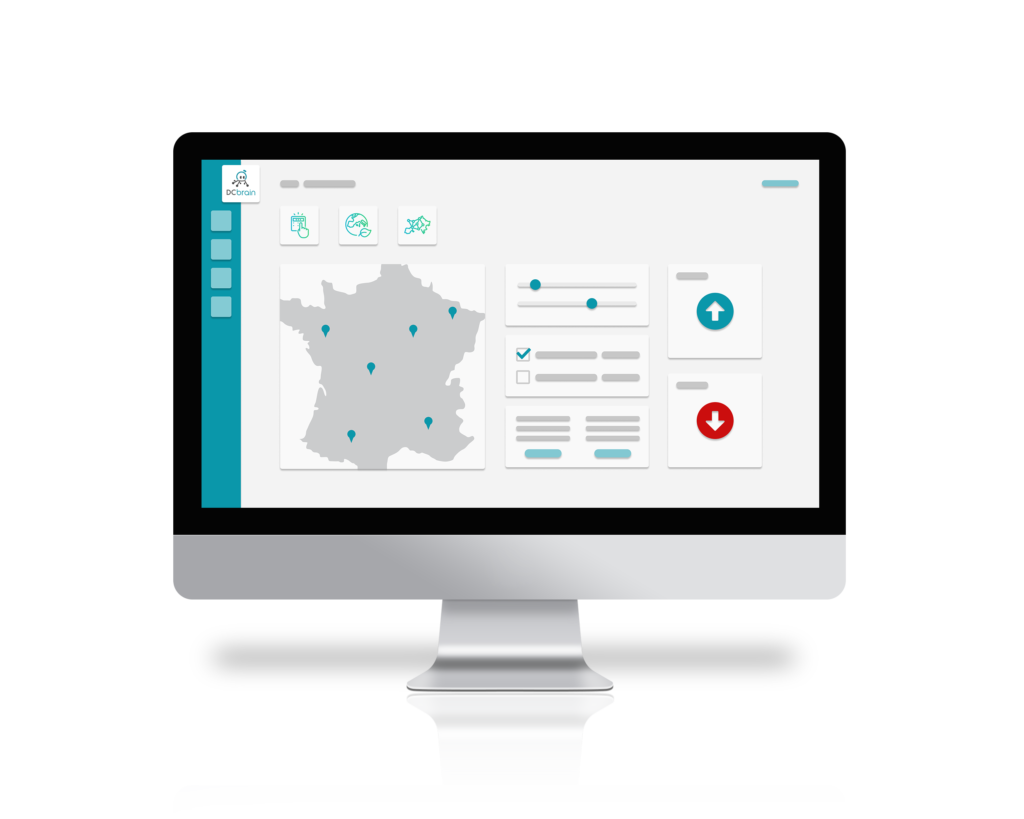
With DCbrain, you'll be able to :

- Quickly identify the impact on the network of integrating a new customer and identify the lines to be strengthened to adjust the selling price.
- Identify the possibility of triangular, round-trip or co-loading operations to absorb new volumes from this new customer, while improving margins.
- Play on loading day flexibility to improve fill rates and efficiencies.
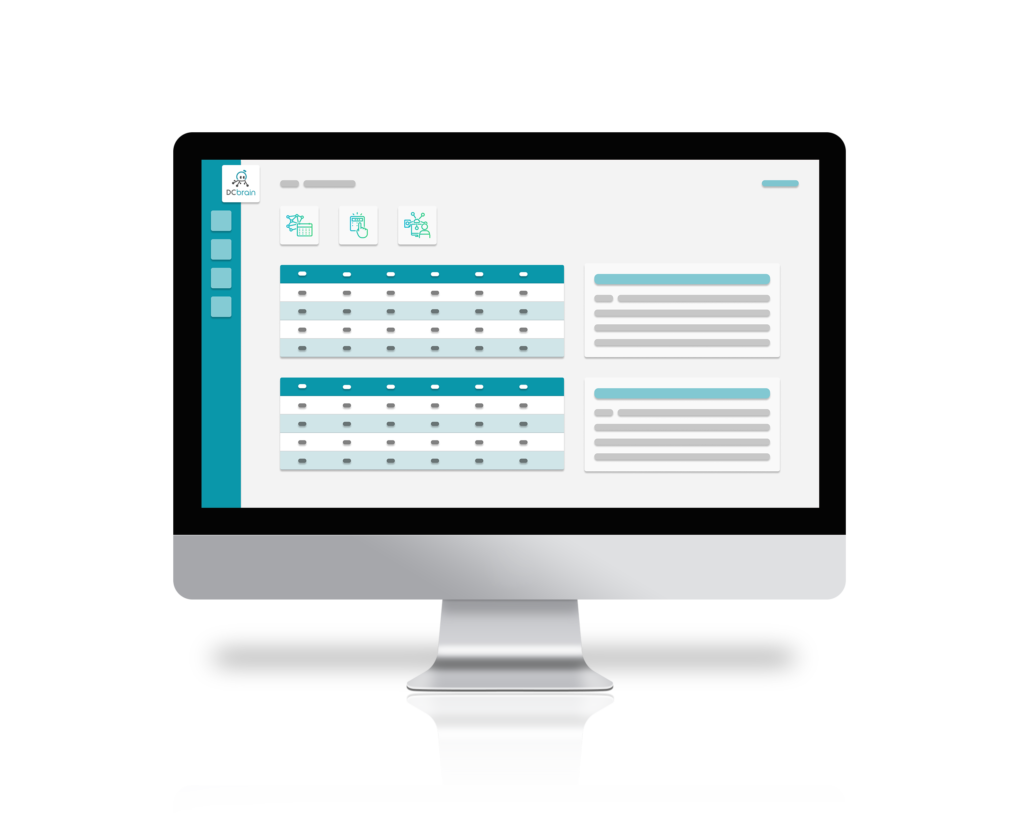
To do this you will need :

- Your customer’s forecasted volumes over different periods representative of its seasonality, in order to simulate the future of your organization in a realistic way.
- Your customer’s constraints, to propose the most realistic scenarios possible: SLA, product typology (fresh, frozen, food/non-food, etc.), store opening hours, etc.
With clear benefits :
A win-win solution to satisfy both parties.
A better visibility of the operational impact of a new customer on your network.
Shorter response times: quick simulations versus days of analysis on an Excel spreadsheet.
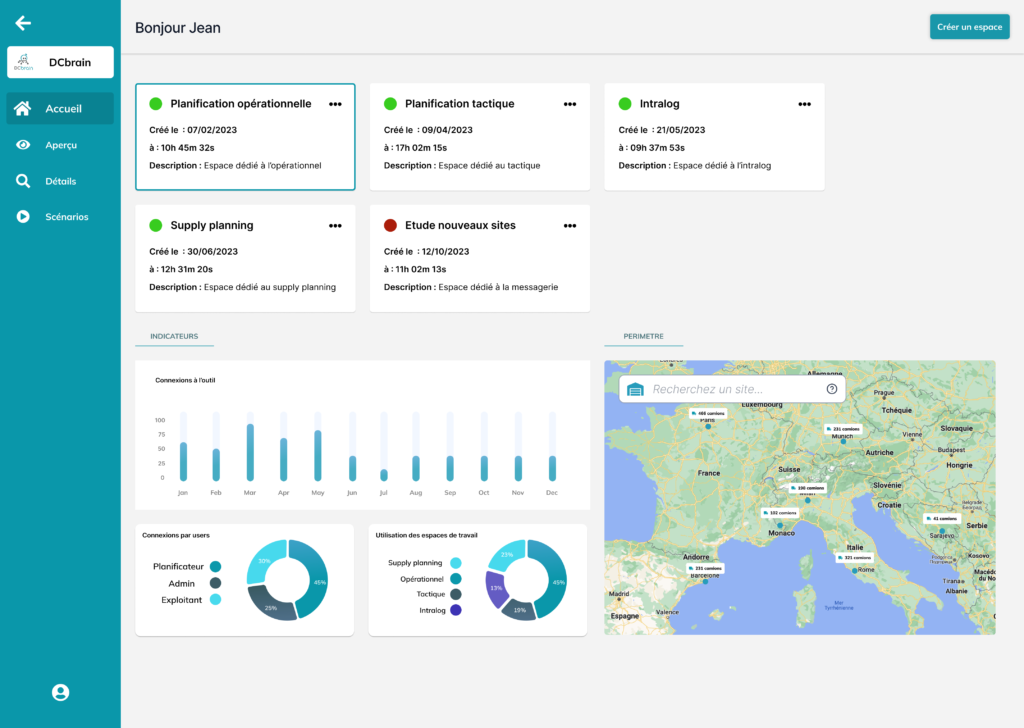
Ready to get started to boost your Supply Chain?

We are convinced that AI can facilitate logistics planning and will prove it to you via a demo.

